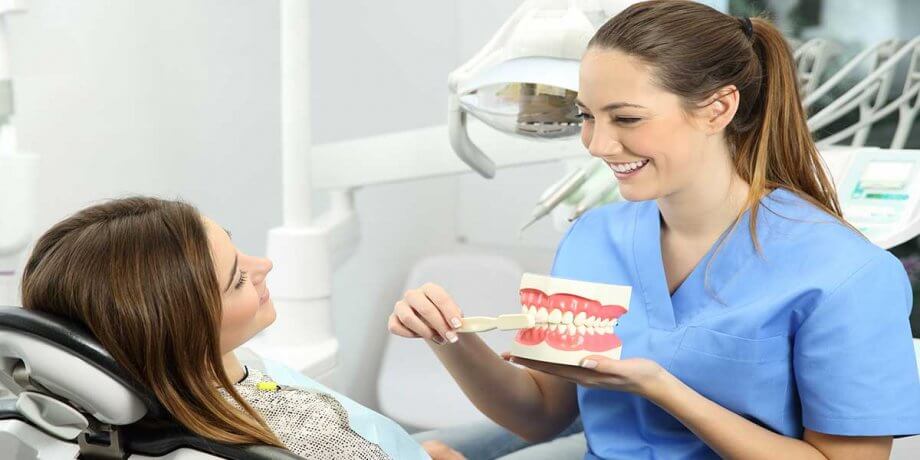We all learn to brush our teeth as children, but many people are not currently following the best practices. You might have been taught incorrectly, or you may have forgotten some important factors as you grew up. Or you might simply be caught up in the frenetic pace of today’s world and have started cutting corners in an attempt to save time.
Regardless of the reasons, though, the reality is that poor tooth brushing habits vastly increase the risk for cavities, gum disease, and a decline in oral health over time. To keep your mouth clean and healthy for a lifetime, always follow these best practices for tooth brushing.
Toothbrush and Toothpaste Selection
Some people’s mouths are smaller or larger than others, so it is important to select a toothbrush that fits your mouth and is easy for you to manipulate without pain. Always use a soft-bristled brush, as harder toothbrushes can actually wear away tooth enamel. Many people prefer an electric toothbrush, as it has a larger grip and does most of the work. However, any comfortable, soft-bristled brush will do the job.
Replace your toothbrush three times per year, or sooner if you have been sick or the brush shows signs of wear. You can reinfect yourself after an illness by using the same toothbrush, and a brush with frayed bristles cannot fully clean your teeth.
Choose a fluoride toothpaste that carries the ADA (American Dental Association) seal of approval. Some people prefer a specific formulation, such as a whitening toothpaste, a particular flavor, or a toothpaste designed for sensitive teeth. Unless your dentist recommends a toothpaste, it is fine to select any ADA approved toothpaste you like.
Brushing Angle and Toothbrush Movement
Place your toothbrush at a 45-degree angle to the front of your teeth. Brush with short back and forth motions until you have thoroughly cleaned the fronts of all teeth in one quadrant of your mouth. Move on to the chewing surfaces in that quadrant, and then the backs of those teeth, maintain short back and forth strokes. Then switch to another quadrant of your mouth and repeat the process until all four quadrants have been thoroughly brushed.
To clean the backs of your front teeth, hold the brush nearly vertical and brush up and down. Repeat several times and then brush your tongue to remove bacteria and freshen your breath.
Timing Considerations
Even if you are using proper brushing techniques, you may not be brushing for the right amount of time. Spend 30 seconds on each quadrant, for a full two minutes of brushing. Brush after each meal if you can, or at least twice per day. If you have braces or certain dental problems, ask your dentist to explain how and when to clean your teeth.
It is surprisingly difficult to estimate time, so consider setting an alarm. An easy solution is to choose an electric toothbrush with a timer. Some high-end models beep every 30 seconds, telling you it is time to switch quadrants.
Flossing
Brushing is an essential part of excellent oral hygiene, but it is not enough on its own. Flossing removes bacteria and food particles from the spaces between the teeth and along the gumline, where a toothbrush cannot reach. Floss at least once every day.
Ready to Get Started?
If you’re ready to start your journey to oral health with a trustworthy, full-service dental practice in Farmington, CT, contact Dental Associates today at 860-677-8666 to schedule your first appointment.

